Bike maintenance tips: Keep costs down by doing it yourself
These preventative measures can keep your bike running smoother for longer
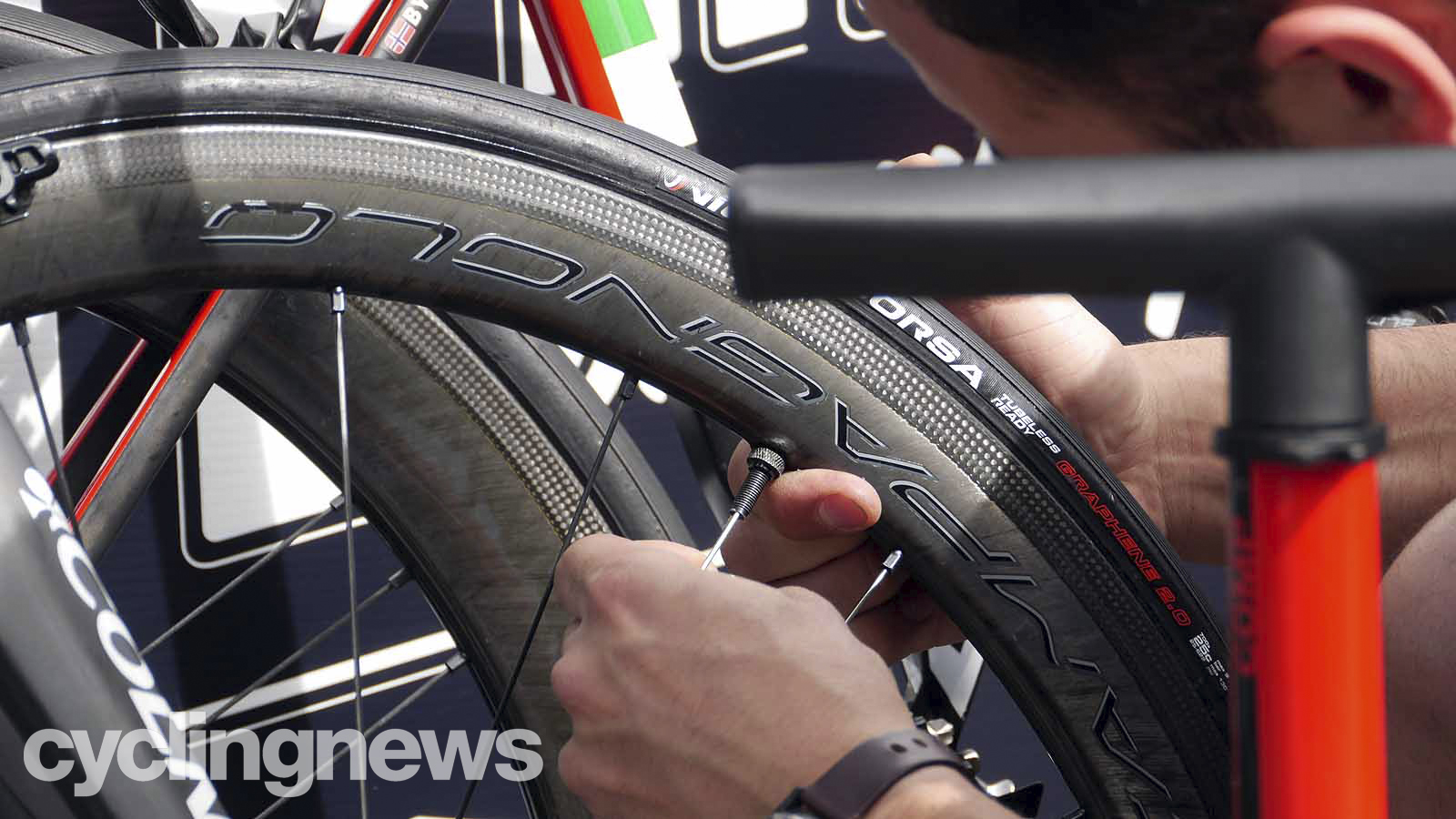
Bicycle parts and repairs don’t come cheap, so some home maintenance tips are always welcome. As technology improves, and bikes become increasingly intricate, the cost of fixing them continues to grow. Even the best road bikes kitted out with the best road bike groupsets and best road bike wheels will still see some wear and tear over time.
An unexpectedly large repair bill can put a dampener on the joy of cycling, potentially stopping you from getting out on your bike until it’s fixed, and for some it can even act as a barrier to entry in the first place. Fortunately help is at hand. Knowing how to do small acts of home maintenance can help keep your bike working smoothly for longer, and reduce the number of parts that need replacing when it comes time to get it serviced. Here are some home maintenance tips for regular checks that you can carry out to keep your bike — and your wallet — happy.
Checking for chain wear
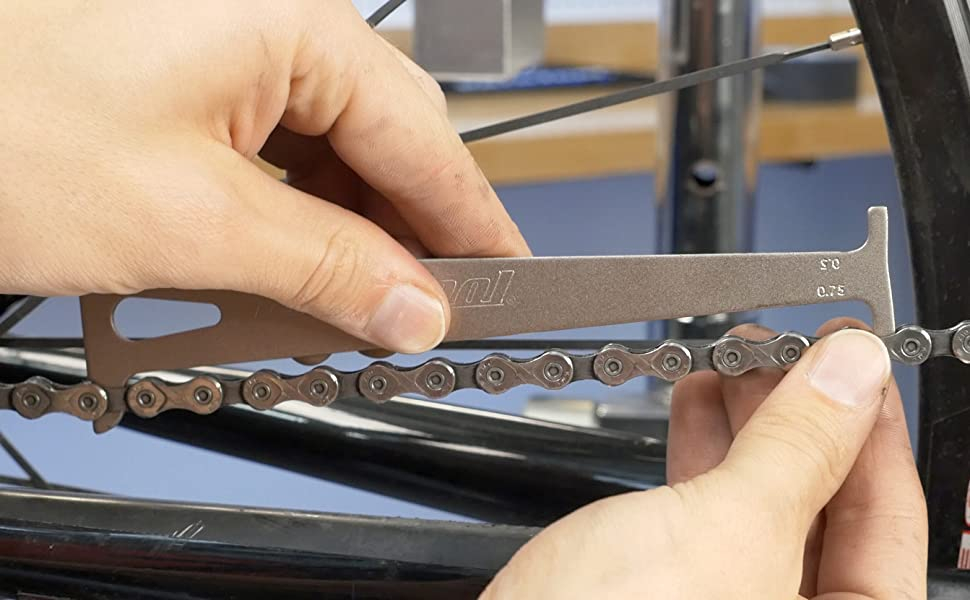
Bicycle chains are made of metal plates, rollers and pins. In short, the pins hold the plates together, and the rollers allow for the movement. This metal-on-metal action causes friction, and with use, these rollers begin to wear away at the inside of the plates. After a certain amount of wear, when the chain wraps around either your chainring (at the front) or your sprockets (at the rear), the degree at which the rollers can move no longer fits nicely around the gear teeth. This in turn causes the teeth to wear down, at different rates depending on a number of variables. This is often referred to as “chain stretch”, as the chain essentially then elongates under tension.
The mileage suggested for each chain differs slightly depending on the number of gears (the bike’s ‘speed’), the brand and amount of maintenance you carry out, though the general rule of thumb is around 1,500 miles per chain. The thicker the chain, the longer it will take to wear down.
The higher the number of gears, the thinner and more sensitive to wear the chains become. To measure chain wear, you use a chain checker tool. They come in various shapes and sizes, and it is best to always use the same chain checker to ensure consistency of results. Manufacturers will provide instructions on how to use each tool, as methods vary slightly. The standard measure for chain wear is:
For 10-speed and below:
- 0.75 wear = new chain
- 1.0 wear = new chain + cassette
For 11 and 12 speed:
Get The Leadout Newsletter
The latest race content, interviews, features, reviews and expert buying guides, direct to your inbox!
- 0.5 wear = new chain
- 0.75 = new chain + cassette
By checking your chain regularly, and replacing it when it is worn, you prolong the life of your cassette, and can use up to 3-6 chains per cassette. Don’t forget, the best way to make your chain last even longer is to keep it lubed with the best bike chain lube, and keeping it free of grime. We’ve got a guide to how to clean a bike chain if that’s helpful.
Checking brake pad wear
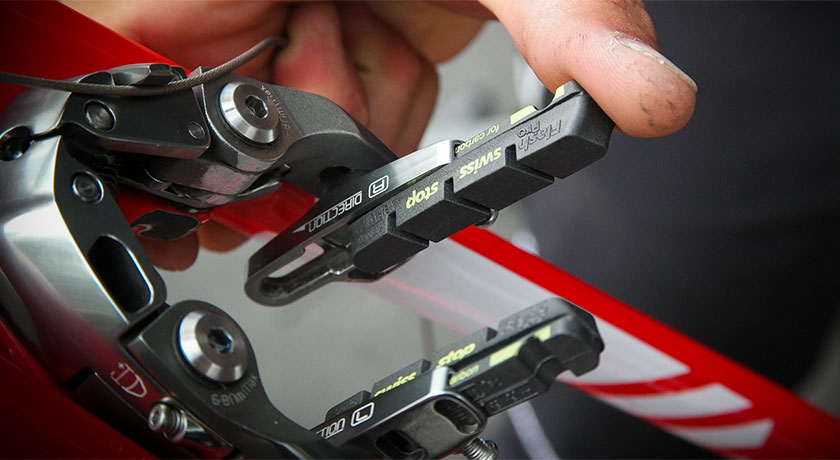
As well as chains, brake pads wear down with use. The pads make contact with a braking surface — either the rim of the wheel or a disc rotor — and this will also wear down over time but at a much slower rate, as the materials are designed to last longer.
Rim brake pads are typically made of rubber, or another soft compound, with an internal metal structure to provide rigidity. Or, they sometimes have a metal holder to allow them to be fastened to the brake calliper.
Disc brake pads have metal backing plates, to protect the pad when it is pushed by the brake pistons. If the brake pad wears down completely, the metal component will then begin to make contact with the braking surface. This will damage either the rim or the disc rotor (depending on which brake type you’re running) and, if left too long, can break the calliper itself, leading to all components needing replacing.
As such, it is key to regularly check how much life your brake pads have left, and is best practice to keep spares at home. Most rim brake pads will have a ‘wear indicator line’, which shows the pads’ minimum thickness before they need to be replaced. A general rule of thumb for disc brake pads is to not let the pad get below half the thickness of the metal backing. Shining a light into your disc brake calliper will make this much easier to see.
If you’re in the process of buying a bike and aren’t sure which brake type to opt for, we’ve got a whole guide to rims brakes vs disc brakes which should help.
Checking tyre pressure
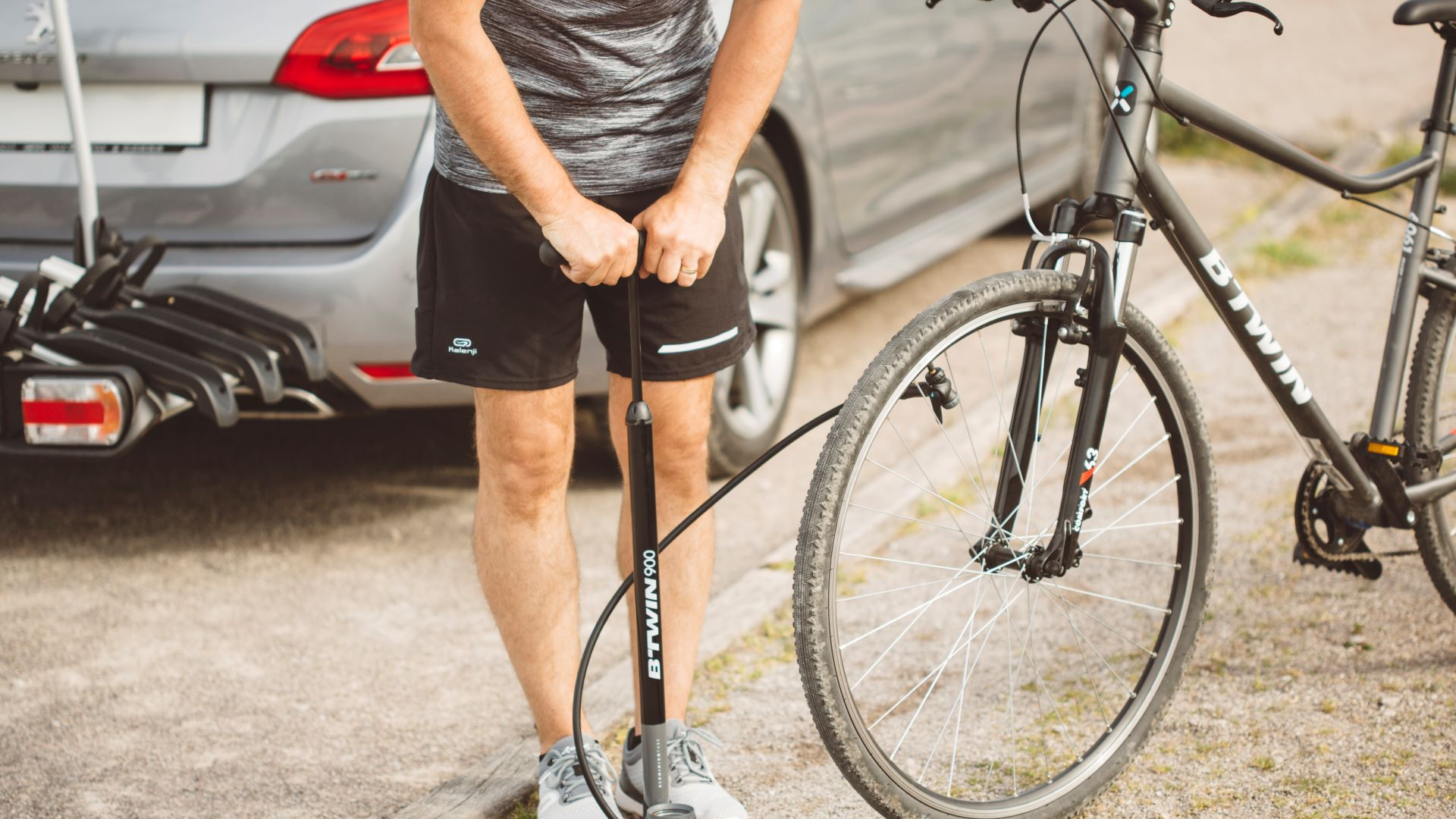
Protecting your wheels is not just about looking after your braking surface. Tyre pressure (the amount of air within your tyres) is crucial in protecting your wheels from impact while riding. Wheels comprise a rim, a hub (the central body) and spokes, which use tension to link the rim and hub together. Upon impact, the shape of the rim can be altered, becoming untrue (not straight). This puts more pressure on some spokes than others, which can cause them to break. The air in your tyres acts as a shock absorber to protect the rims and ultimately give you a more comfortable riding experience.
Tyre manufacturers will always provide a recommended PSI (air pressure) range. Run the tyres at too low a pressure, and it will damage the wheels and tyres (not to mention making you more vulnerable to punctures). Run the tyres too high, and they can pop. The best bike pumps have a PSI gauge, to allow you to correctly inflate your tyres.
Checking your tyre pressure after every few rides, or if the bike has not been used in a while, will help protect your components, and prevent punctures. For more information on tyres, check out our list of the best road bike tyres, and see our article on knowing when to replace bike tyres, and the warning signs.
Cleaning
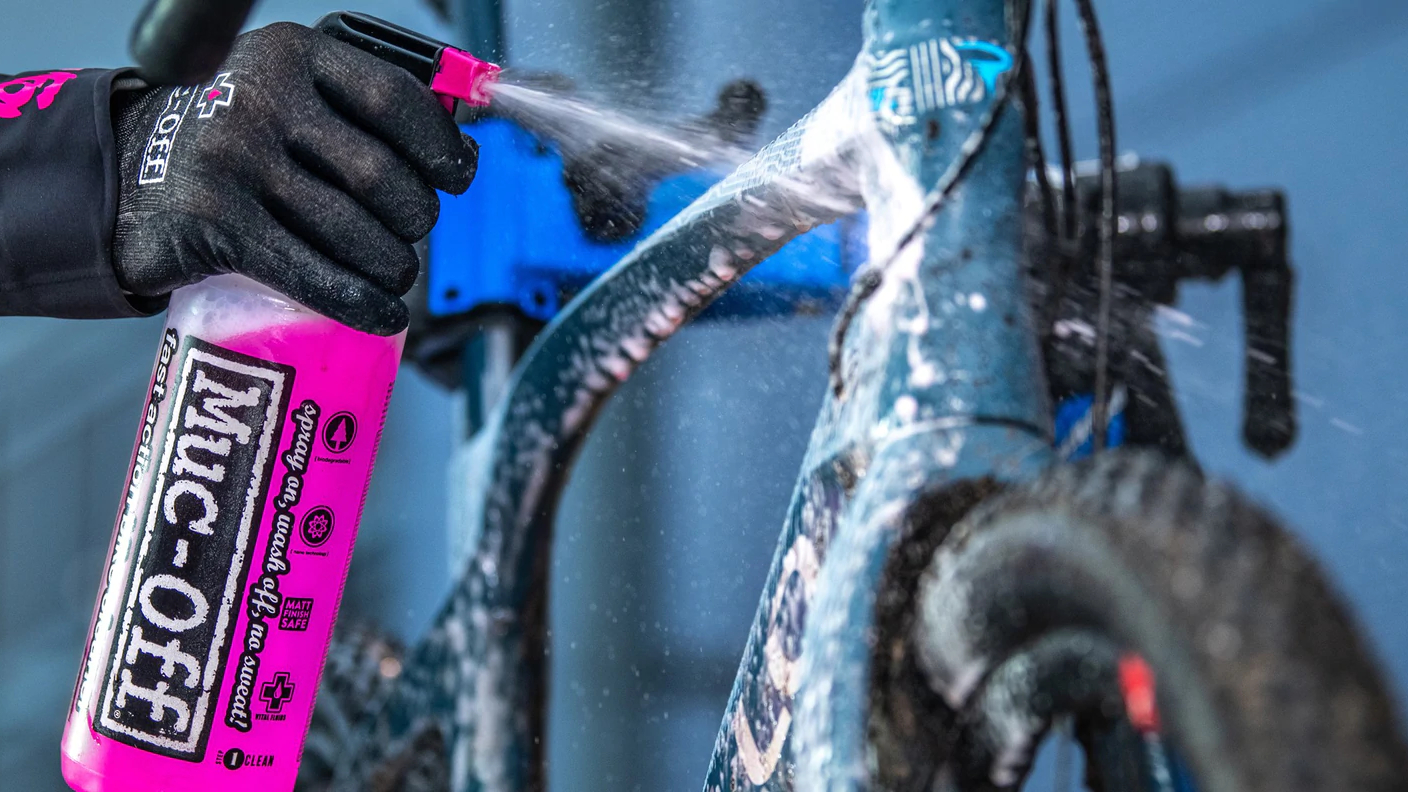
Keeping your bike clean is an essential part of maintenance, and can extend the life of many of your components if done correctly. Dirty chains and cassettes increase friction in your drivetrain and cause these parts to wear down more quickly. Leaving rain and mud on your bike can allow water to seep into the bearings, causing rust and damaging the bearing units. Rust also builds up on cables (internal and external), affecting gears and braking where applicable.
Once components have rusted, they will often need replacing to run smoothly again, combined with the labour costs to replace them. Though using the best pressure washers can be a quick way to clean your bike, if used at the wrong pressure or incorrectly, they can strip the grease from inside bearing units, accelerating rust and wear.
It is also key to use the right cleaning products. Brands like Muc-Off produce bicycle-specific cleaning materials, designed to protect your bike and components. Disc brake pads and rotors are particularly sensitive, and can be contaminated if the wrong products are used. Oils and greases should be kept away from braking surfaces, and excess chain lube should be removed with a rag. For more information on this, we’ve got a whole article about how to clean your bike.
Storage
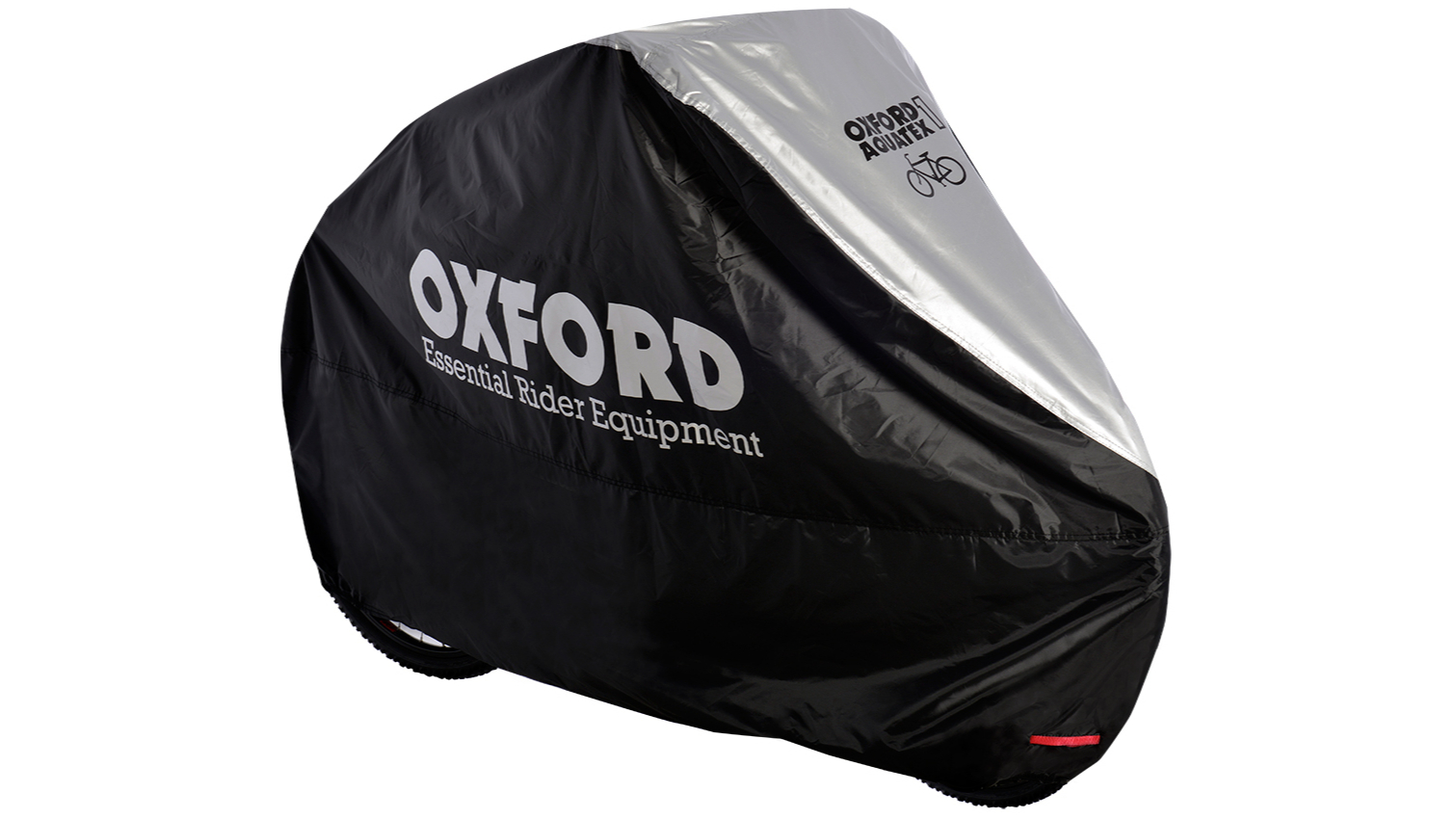
With so many metal components, rust is the ultimate enemy to bicycle maintenance. As previously discussed, if your bike isn’t kept dry, the list of parts that will need replacing will continue to grow. Every part that moves is operated by bearings, which will seize up when left to the elements.
Not everyone has the luxury of being able to keep their bike indoors, and the British weather is known for being on the soggy side, so covering your bike is crucial. At the more affordable end of the spectrum, many brands offer waterproof bicycle covers, designed to fit around the frame and wheels. Though not as good as indoor storage, they do provide ample protection.
For those with more space, bicycle sheds are an option, with the added bonus that some can be fitted with locks for extra security
In summary, looking after your bike can significantly help reduce the costs when taking it in for servicing, focussing on preventative measures and knowing what to look out for. Understanding more about your bike can also help you feel more in control and get you out of sticky situations should things go wrong. For beginner and experienced riders alike, regular maintenance can really help reduce those repair costs, and keep your bike up and running.